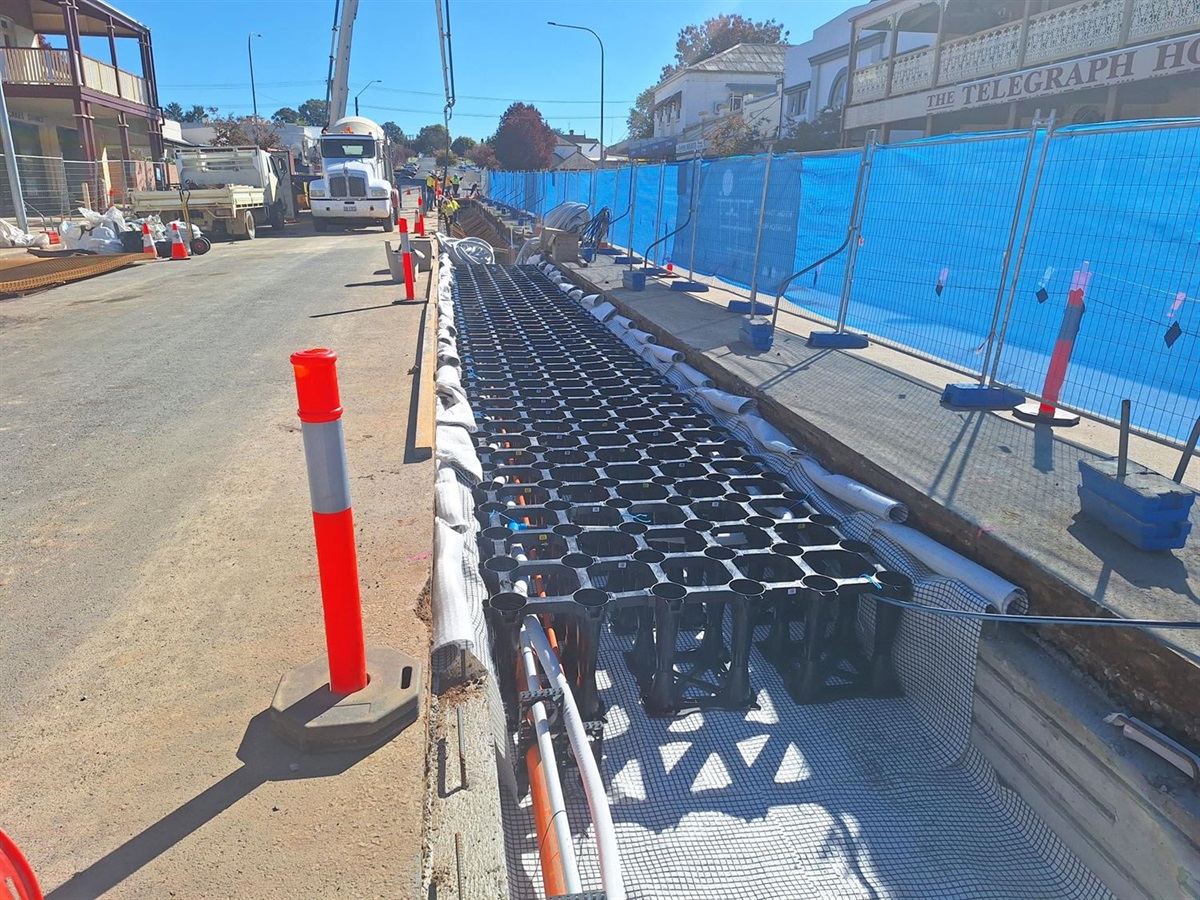Today, the Albanese Government has released the inaugural National Defence Strategy, which sets out a fundamentally new approach to the defence of Australia and our interests.
Developed in response to last year’s Defence Strategic Review, the 2024 National Defence Strategy outlines the Government’s strategic framework to guide the significant and urgent changes required to address Australia’s challenging strategic circumstances.
Together with the rebuilt Integrated Investment Program, the National Defence Strategy is a blueprint to deliver an ambitious transformation of the Australian Defence Force (ADF) to an integrated, focused force capable of safeguarding Australia’s security for decades to come.
National Defence
Australia faces the most complex and challenging strategic environment since the Second World War. It demands a coordinated, whole-of-government and whole-of-nation approach to Australia’s defence.
This new approach is founded on National Defence – a concept that harnesses all arms of Australia’s national power to achieve an integrated approach to our security.
The National Defence Strategy sees a Strategy of Denial become the cornerstone of Defence planning. This approach guides Defence’s contribution to National Defence and spans all domains – maritime, land, air, space and cyber.
The adoption of National Defence also means the ADF will shift to an integrated, focused force designed to address Australia’s most significant strategic risks. This will ensure the ADF has the capacity to:
- defend Australia and our immediate region;
- deter through denial any potential adversary’s attempt to project power against Australia through our northern approaches;
- protect Australia’s economic connection to the region and the world;
- contribute with our partners to the collective security of the Indo-Pacific; and
- contribute with our partners to the maintenance of the global rules-based order.
Budget
Underpinning the National Defence Strategy is a generational investment in the ADF’s posture, capability and structure.
Since the release of the Defence Strategic Review last year, the Albanese Government is investing an additional $5.7 billion over the next four years and $50.3 billion over the next decade in Defence funding, above the previous trajectory over that period.
These additional investments include:
- $11.1 billion over the next decade to deliver the Government’s response to the independent analysis of Navy’s surface combatant fleet;
- $1 billion over the next four years to accelerate ADF preparedness including for long-range strike, targeting and autonomous systems; and
- $38.2 billion over the next decade to fund the rebuilt IIP and accelerate and sustain priority capabilities.
This increase in annual funding will see the Defence budget grow to more than $100 billion by 2033-34 – an historic investment, critical to giving effect to the National Defence Strategy.
The Albanese Government’s investment in the Defence portfolio will see overall funding reach $765 billion over the decade, including $330 billion for the capability investments outlined today.
Comparatively, the 2020 Defence Strategic Update and 2020 Force Structure Plan outlined $270 billion for the 10-year period to 2029-30.
Not only is the Albanese Government growing the Defence budget, but we are ensuring this money will be spent more wisely to deliver the capabilities we need.
People
People are Defence’s most important asset. As the ADF transitions to an integrated, focused force, Defence must recruit, retain and grow the highly specialised and skilled workforce it needs to meet the objectives of National Defence.
The Albanese Government has already introduced several key initiatives to improve recruitment and retention, including the ADF Continuation Bonus, better access to study opportunities and more health benefits.
While these are important steps, we recognise the need for a fundamental transformation of Defence’s recruitment and retention system.
The National Defence Strategy calls for a widening of eligibility criteria to enable more people to join the ADF including developing options, where appropriate, to recruit non-Australian citizens; streamlining and improving the recruiting system; and encouraging personnel to serve longer through retention initiatives.
To address these challenges, Defence will develop a new, comprehensive workforce plan this year that will be aligned with the National Defence Strategy and Integrated Investment Program to help meet current and future workforce needs.
Partnerships
Under the National Defence Strategy, Defence will adopt a more focused approach to its international engagement. These efforts will protect Australia’s economic connection to the world and help shape a region that is peaceful, stable and prosperous.
Australia’s Alliance with the United States remains fundamental to our national security. The Albanese Government is committed to deepening and expanding our defence cooperation with the United States, and working together with the United Kingdom under the auspices of AUKUS.
The Government is also deeply focused on enhancing Australia’s defence relationships across Southeast Asia and the Pacific, as well as in the Indian Ocean and North Asia regions.
The path forward
The National Defence Strategy is a reflection of the Government’s foundational thinking on defence policy. It outlines a coherent, sensible and logical plan – one that is built on strong foundations and hard decisions, and backed up with the necessary funding.
It will be updated biennially alongside the Integrated Investment Program to ensure defence policy, strategy, capability and planning keeps pace with the rapidly evolving strategic environment.
The next National Defence Strategy will be published in 2026.








